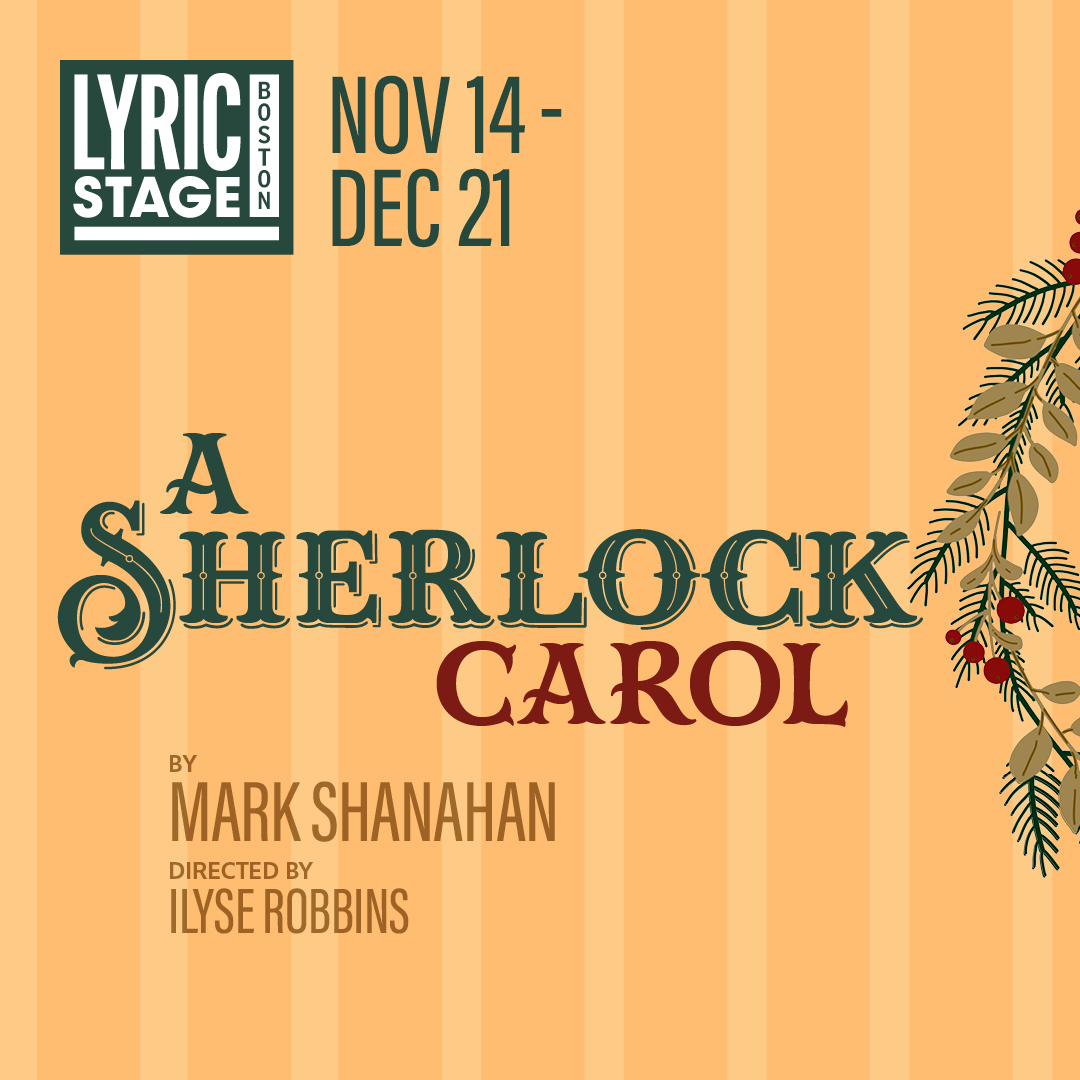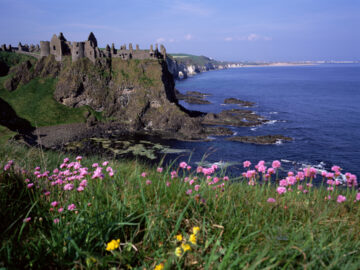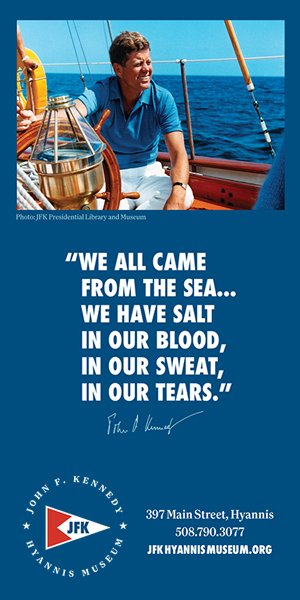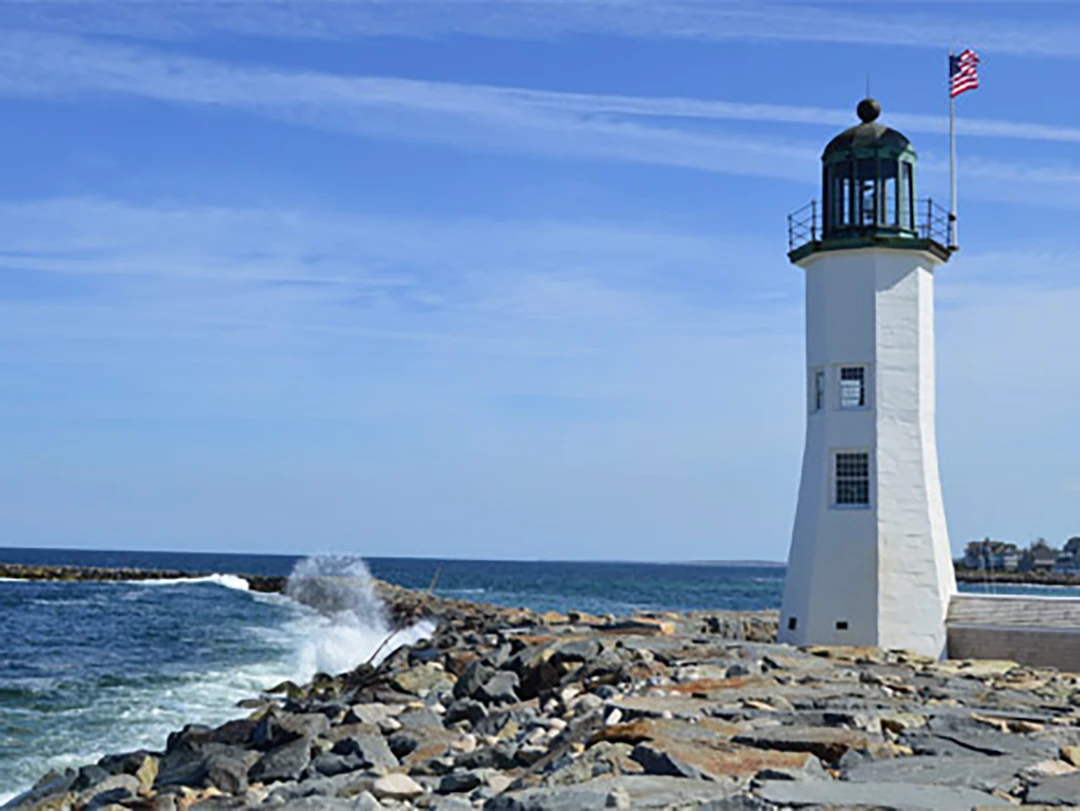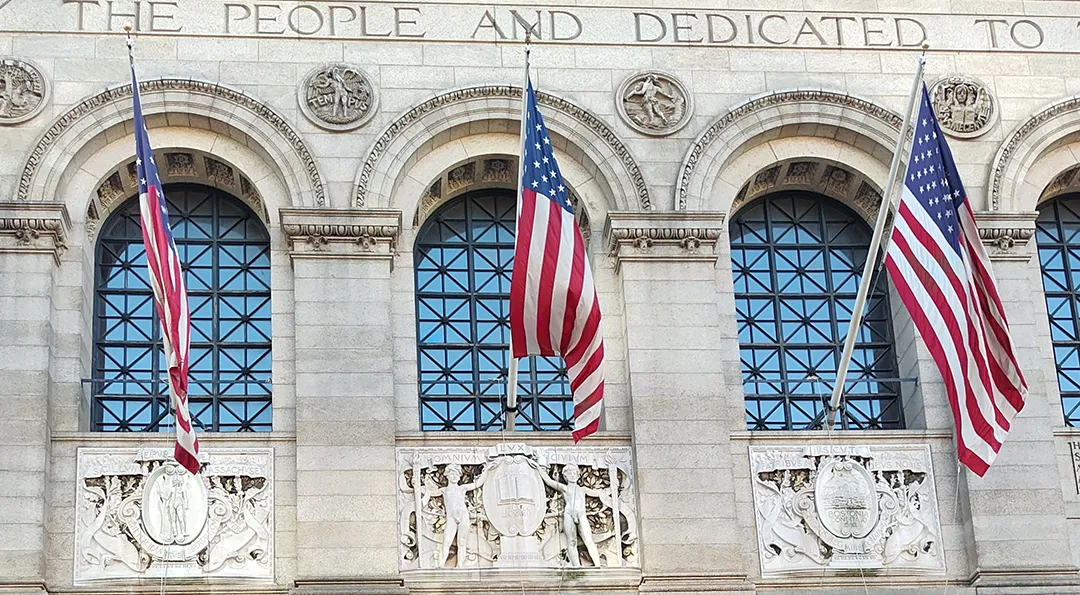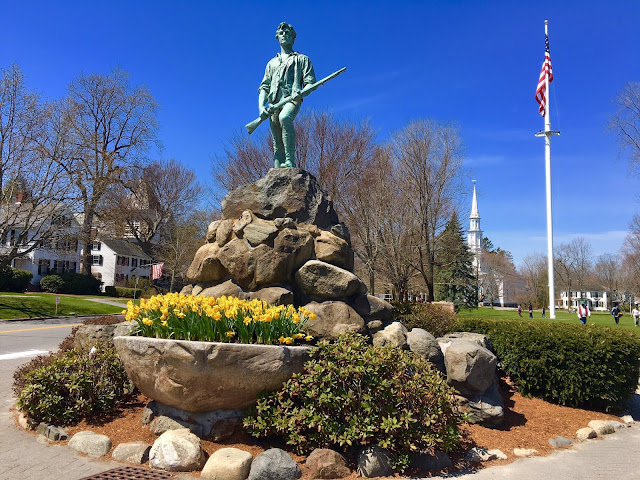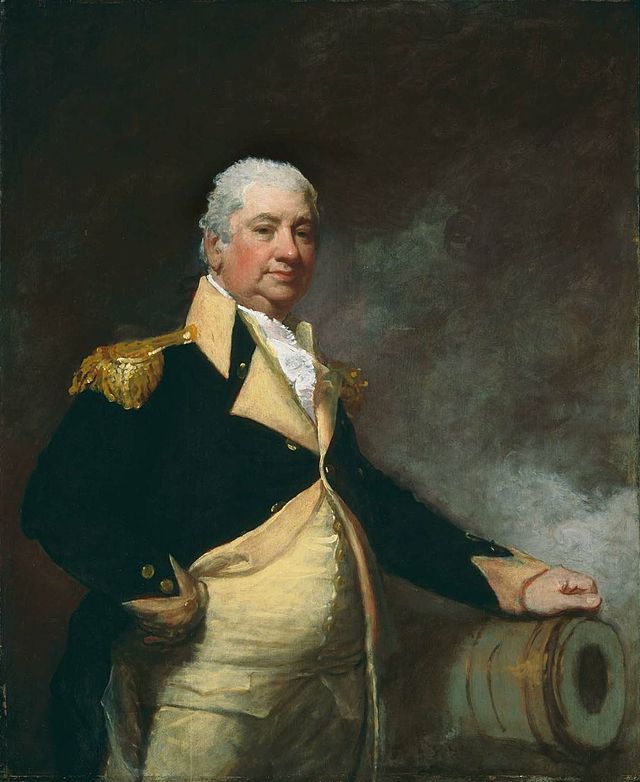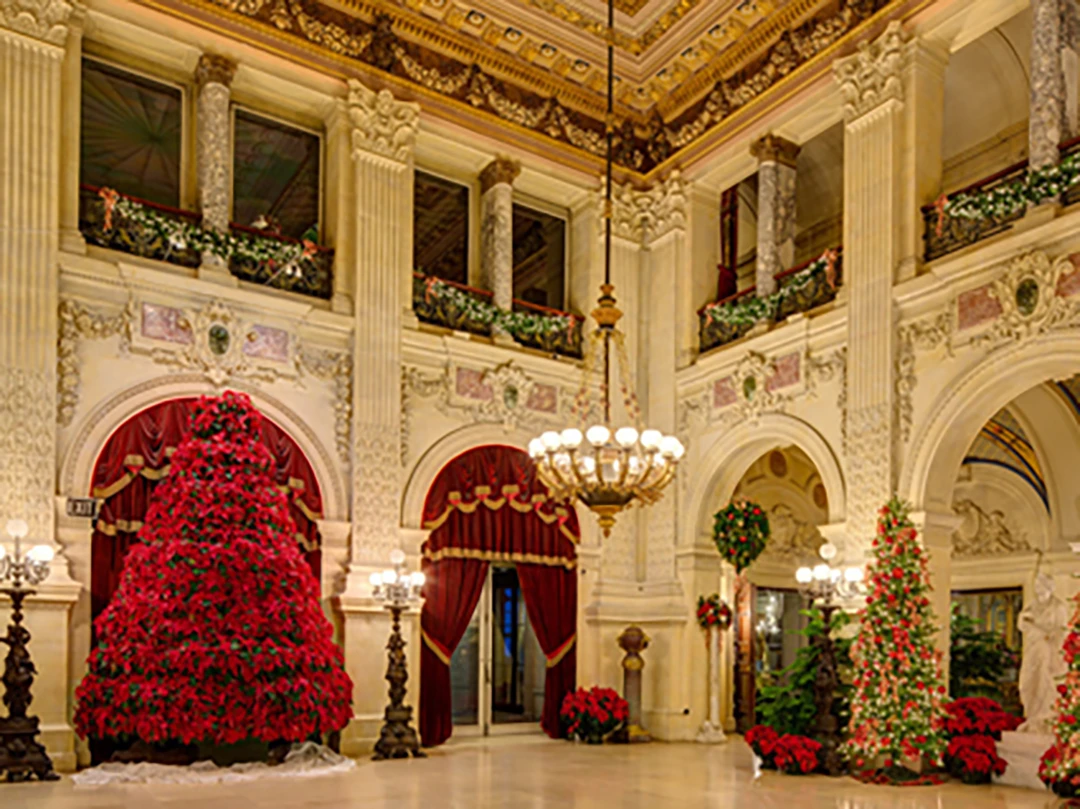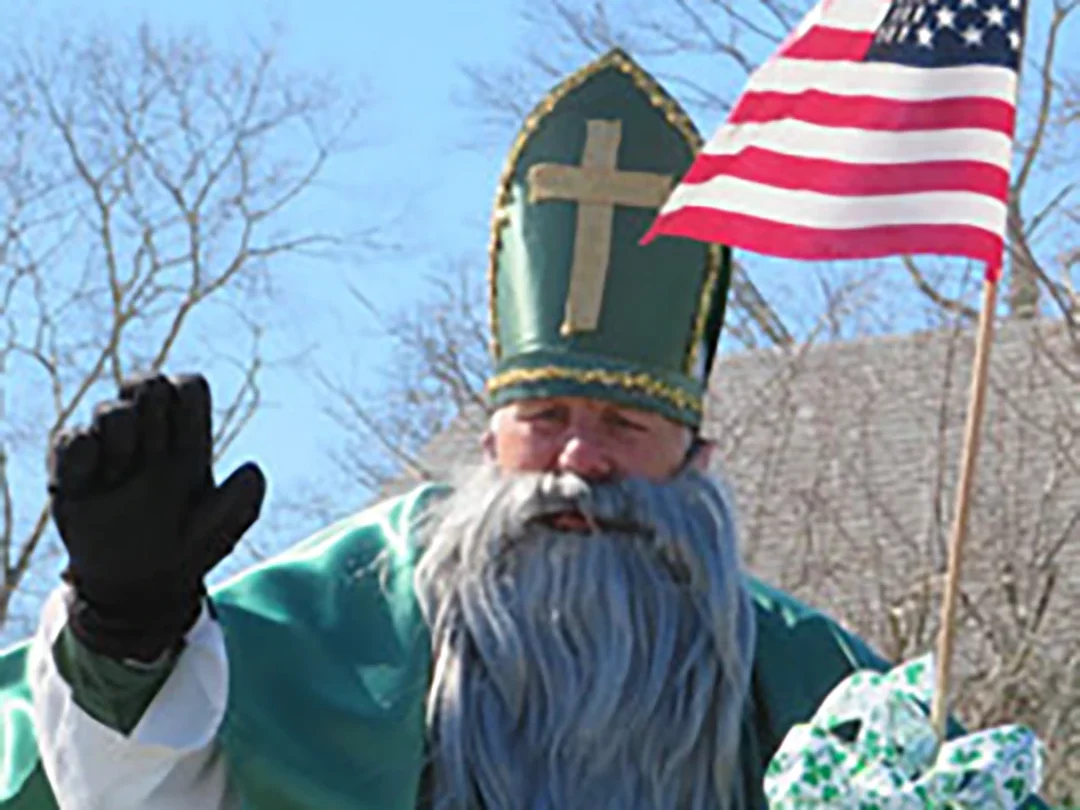The Revolutionary Irish and Scots-Irish in New England
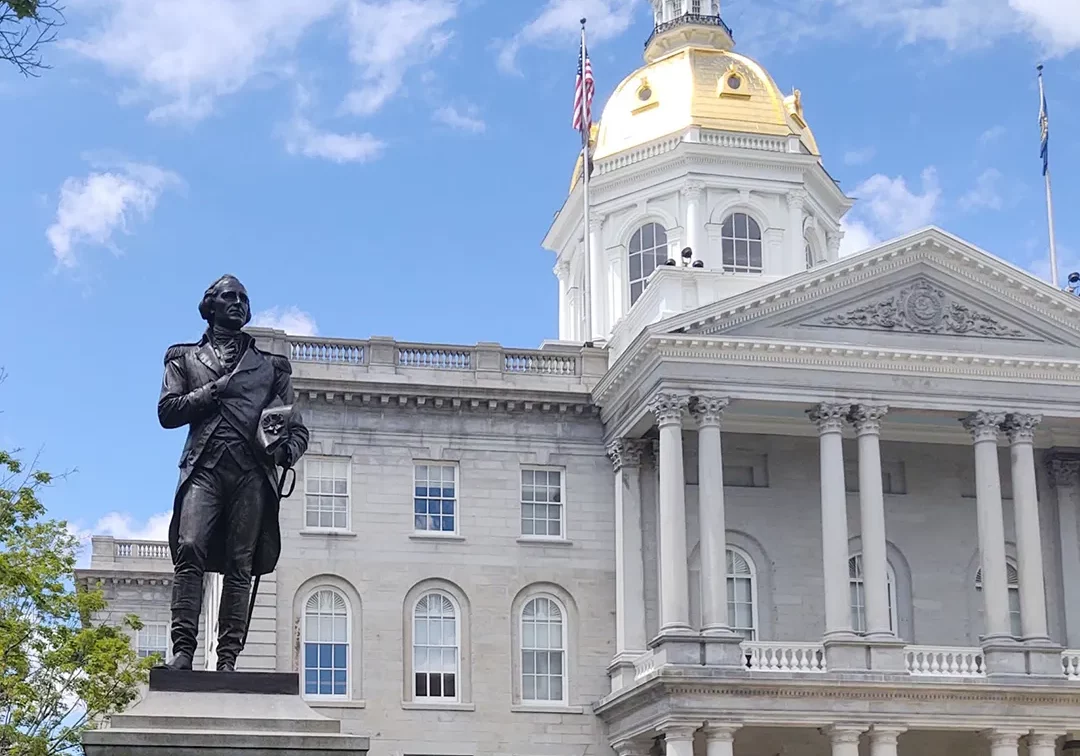
When the American Revolution erupted in June, 1775, the Irish and Scots-Irish living in New England quickly joined the colonial side to fight for American independence. After all, they knew sometime about revolution, and about meeting the British in battle. Here are a few of their names.
Major General John Sullivan was the son of indentured servants from Co. Limerick who emigrated to Berwick, Maine. Sullivan committed the first act of armed rebellion against the British on December 14, 1774, when he raided Fort William and Mary in Portsmouth, NH, seizing gun powder and guns. Those weapons were later used at the Battle of Bunker Hill. Sullivan’s brothers, Daniel, James and Ebenezer also fought against the British.
At the Battles of Lexington and Concord on June 19, 1775, the Irish were involved on both sides of the skirmish, since some of the British troops had been conscripted from Ireland! One former British soldier who defected to the American side was Hugh Cargill of Ballyshannon, Donegal. He was in Concord that day and helped to save the town records from being captured by the British.
In Maine, Jeremiah O’Brien and his brothers fought at the Battle of Machias on June 12, 1775, the first naval battle of the American Revolution. It occurred when the British ship HMS Margaretta sailed into Machias Bay and tried to remove a Liberty Tree the townsfolk had erected. After intense combat, O’Brien captured the Margaretta and took its munitions as bounty. The Battle became known as the “Lexington of the Sea.”
Major General John Stark and Major Andrew McClary were among the heroes at the Battle of Bunker Hill on June 17, 1775 in Charlestown, fighting for the 1st New Hampshire Regiment, composed of men from the state’s Scots-Irish community. Historian Michael O’Brien notes that 176 Irish-born men and hundreds of Scots- Irish Americans fought at Bunker Hill. McClary was the last American to fall at the end of the battle and died of his wounds.
Henry Knox was a Boston bookseller whose Scots-Irish Presbyterian family had immigrated from Ulster province. Knox masterminded the plan to drag 59 cannons and artillery pieces from Fort Ticonderoga to George Washington’s headquarters in Cambridge from December 1775 to January 25, 1776. Two months later, on March 17, 1776, the colonial forces, commanded by George Washington, aimed those canons atop Dorchester Heights at the British fleet in Boston Harbor, forcing the British to end the Siege of Boston.
On December 7, 1775, the U.S. Continental Congress commissioned its first warship, the USS Lexington, named in honor of the battle. Commodore John Barry of County Wexford, who received his official naval commission in March 1776, was given command of the ship. On April 17, 1776, the USS Lexington became the first American naval vessel to capture of a British vessel, warship HMS Edward, off the coast of Virginia.
BITA is compiling a Revolutionary Irish Trail of memorials, plaques, gravesites, historic homes and museums pertaining to Irish and Scots-Irish contributions to the American Revolution. Here are some of the landmarks you’ll find in New England.
irishboston.org/2025/rev250-irishtrail/
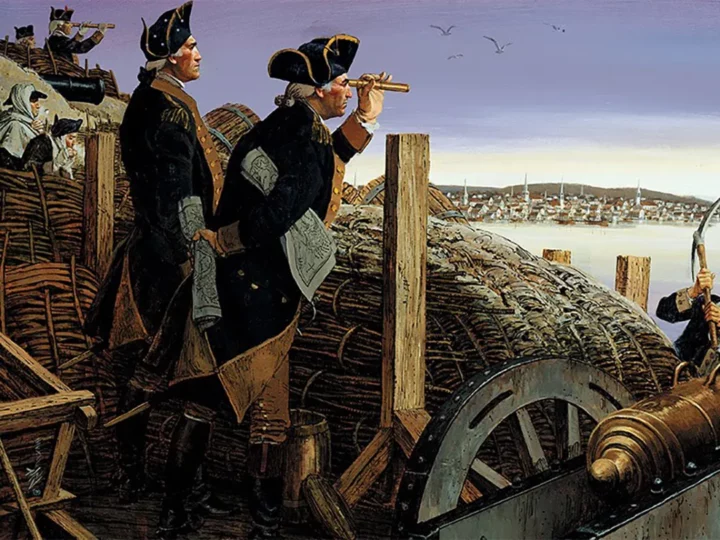
Revolutionary Irish New England Landmarks©
Commodore John Barry Plaque
Boston Common
Boston, MA
Jeremiah O’Brien Plaque
Massachusetts State House
Boston, MA
Bunker Hill Monument
Monument Square
Charlestown, MA
Bunker Hill Memorial Tablets
Winthrop Park
Charlestown, MA
Dorchester Heights Monument
Thomas Park
South Boston, MA
Henry Knox Trail
29 Markers from Alford to South Boston, MA
Hugh Cargill Gravesite
Old Hill Burying Ground Monument Square
Concord, MA
Henry Knox Museum
Thomaston, ME
Fort O’Brien State Historic Site
Machiasport, ME
Fort McClary State Historic Site
Kittery Point, ME
John Sullivan Monument
Durham, NH
Andrew McClary Plaque
Epsom, NH
Fort Stark State Historical Park
New Castle, NH
Colonel John Stark Statue
State Capitol Building
Concord, NH
Colonel John Stark Statue
Bennington Memorial
Bennington, VT
Research + Text, Michael Quinlin
Enjoy articles like this?
Join our mailing list and have the latest sent to your inbox.


